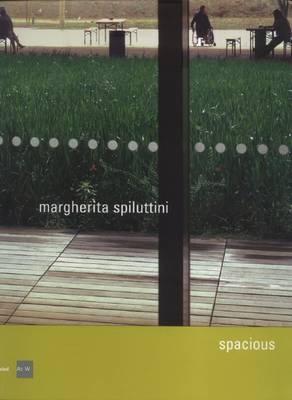Reassessing Rudolph

American architect Paul Rudolph (19181997) was internationally known in the 1950s and early 1960s for his powerful, large-scale concrete buildings. Hugely influential during his lifetime, Rudolph was one of the most significant American architects of his generation. To a remarkable extent, his reputation rose and fell with the fortunes of postwar modernism in America. This insightful book reconsiders Rudolphs architecture and the disciplines assessment of his projects. It includes nearly a dozen essays by well-known scholars in the fields of architectural and urban history, all of which shed new light on Rudolphs theories and practices. Contributions explore the architects innovative use of materials, including plywood, Plexiglas, and exposed concrete; the places he lived and worked, from the Anglo-American axis to the Bengal delta; his affiliation with CIAM (Congrès Internationaux dArchitecture Moderne); and currents within his philosophy of architecture.
Sin existencias
Sin existencias en este momento. Si desea información sobre el libro, por favor contacte con bookshop@ivorypress.com



